︵‿︵‿︵‿︵‿︵‿︵
★・・★・・★・・★
✎_ _ _ _ _ _ _ _ _ _ _ _ _ _ _ _ _
╭⋟────────────────╮
𝐀𝐓𝐄𝐄𝐙 𝐚𝐬 𝐇𝐮𝐛𝐛𝐥𝐞 𝐒𝐩𝐚𝐜𝐞
𝐓𝐞𝐥𝐞𝐬𝐜𝐨𝐩𝐞 𝐟𝐫𝐨𝐦 𝐍𝐀𝐒𝐀
╰────────────────⋞╯
A thread
★・・★・・★・・★
✎_ _ _ _ _ _ _ _ _ _ _ _ _ _ _ _ _
╭⋟────────────────╮
𝐀𝐓𝐄𝐄𝐙 𝐚𝐬 𝐇𝐮𝐛𝐛𝐥𝐞 𝐒𝐩𝐚𝐜𝐞
𝐓𝐞𝐥𝐞𝐬𝐜𝐨𝐩𝐞 𝐟𝐫𝐨𝐦 𝐍𝐀𝐒𝐀
╰────────────────⋞╯
A thread
This thread special I dedicated for @ATEEZofficial #ATEEZ  https://abs.twimg.com/hashflags... draggable="false" alt=""> #에이티즈
https://abs.twimg.com/hashflags... draggable="false" alt=""> #에이티즈  https://abs.twimg.com/hashflags... draggable="false" alt="">
https://abs.twimg.com/hashflags... draggable="false" alt="">
as Galaxy NGC 7714
The disrupted galaxy NGC 7714 displays a striking smoke-ring-like structure. The golden loop is made of Sun-like stars that have been pulled deep into space, far from the galaxy& #39;s center, by the gravity of a nearby galaxy that lies just out of view.
as Horsehead Nebula
The backlit wisps along the Horsehead Nebula& #39;s upper ridge are being illuminated by a young five-star system just off the top of this image, taken in infrared light. Harsh radiation from one of these bright stars is slowly evaporating the nebula.
as Jupiter
This image of Jupiter was taken when the planet was closest to Earth in 2017. The Great Red Spot appears on the left side, along with a smaller, reddish storm in the lower right dubbed "Red Spot Jr."
as Dwarf Galaxy Holmberg IX
This loose collection of stars is actually a dwarf irregular galaxy, called Holmberg IX. Of the more than 20,000 stars that can be resolved in this image, only about 10 percent are considered to be old stars.
as Globular Cluster M22
M22 is one of about 150 Globular star clusters in the Milky Way. Located just 10,000 light-years away on the constellation Sagettarius, it ia one of the closest Globular clusters to Earth.
as Galaxy NGC 4068
This image captures a starburst region in the dwarf galaxy NGC 4068. Starburst regions are areas of intense star formation.
as Andromeda Galaxy
Over 100 million stars are on display in this portion of the Andromeda Galaxy, located over 2 million light-years away. This potrait of our galactic neighbour is the largest image yet assembled by Hubble.
as Galaxy NGC 3079
This image reveals the dramatic activities within the core of the galaxy NGC 3079, where a bubble of hot gas is rising from a cauldron of glowing material. The structure is more than 3,000 light-years wide and rises 3,500 light-years above the galaxy& #39;s disk.
as Orion Nebula
The Orion Nebula is the nearest star-forming region to Earth. Massive, young stars are shaping the nebula with their Winds and radiation. Pillars of sense gas may be the homes of budding stars. The bright central region is the home of the four heftiest stars in the nebula.
as V838 Monocerotis Light Echo
This image captures a light echo from the star V838 Monocerotis. After the star brightened temporarily, light from that eruption propagating outward through a dusty cloud around the star. The light reflects or "echoes" of the dust and then travels to earth.
Look, how beautiful ATEEZ Hubble https://abs.twimg.com/emoji/v2/... draggable="false" alt="🧡" title="Orange heart" aria-label="Emoji: Orange heart"> especially ATINY
https://abs.twimg.com/emoji/v2/... draggable="false" alt="🧡" title="Orange heart" aria-label="Emoji: Orange heart"> especially ATINY https://abs.twimg.com/emoji/v2/... draggable="false" alt="✨" title="Sparkles" aria-label="Emoji: Sparkles"> now What your favorite Hubble?
https://abs.twimg.com/emoji/v2/... draggable="false" alt="✨" title="Sparkles" aria-label="Emoji: Sparkles"> now What your favorite Hubble?
You can try this with your born https://www.nasa.gov/content/goddard/what-did-hubble-see-on-your-birthday">https://www.nasa.gov/content/g...
╔═.✵.═══════════╗
Lapak tag
╚═══════════.✵.═╝
Lapak tag
╚═══════════.✵.═╝

 Read on Twitter
Read on Twitter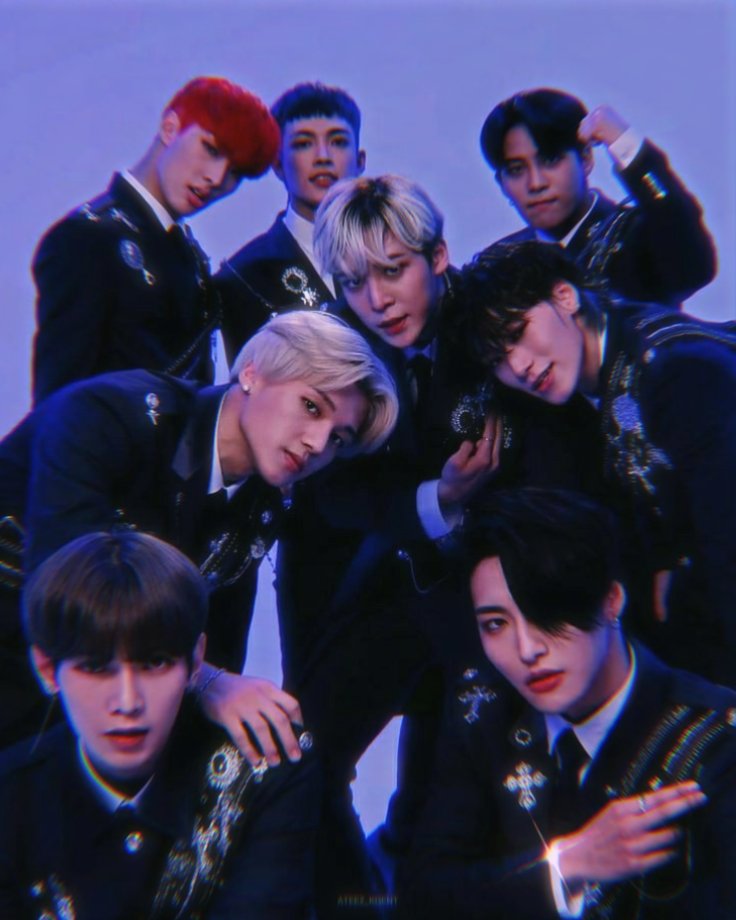
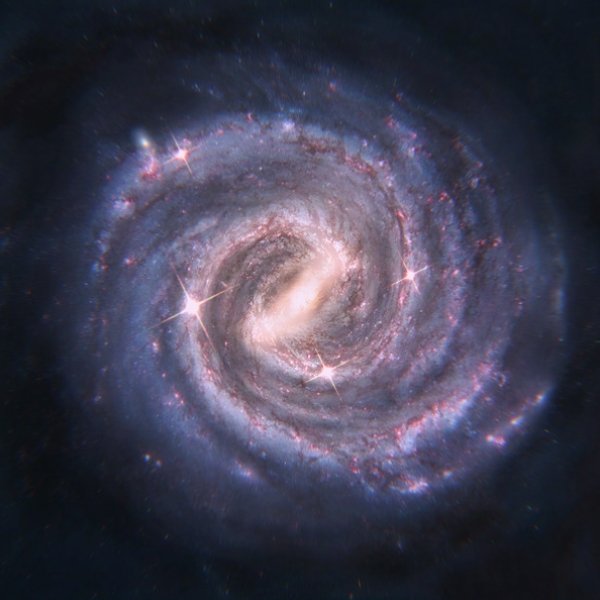
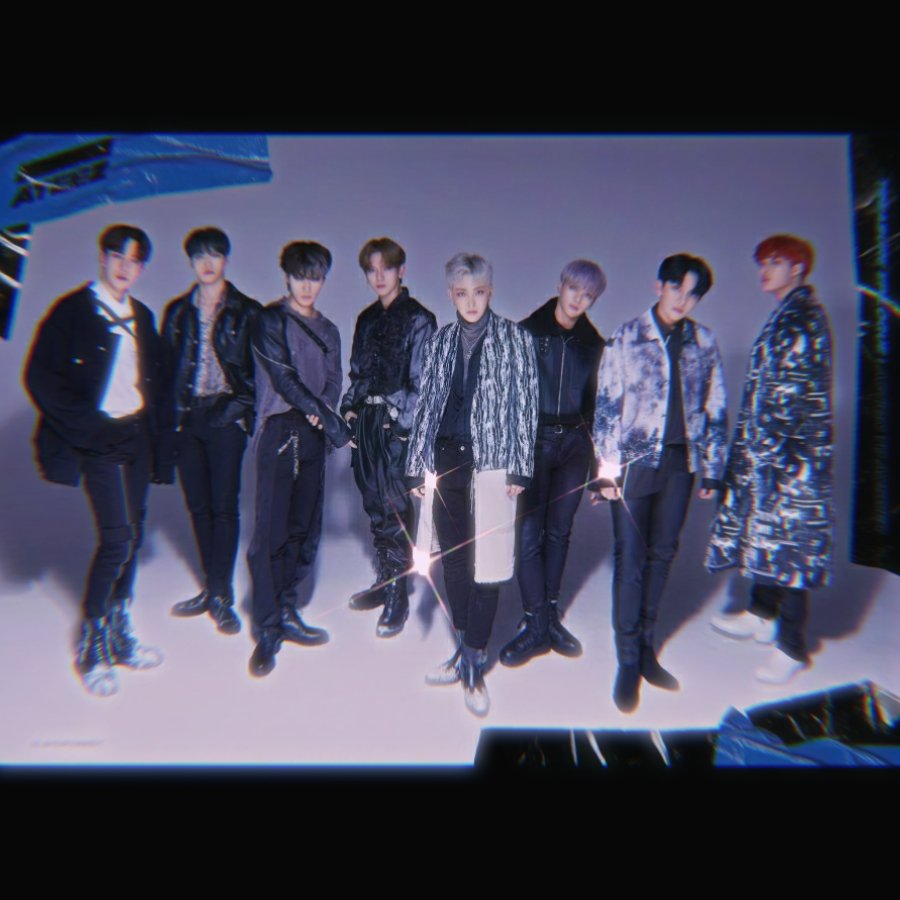 ATEEZ (에이티즈) debuted on October 24thas Galaxy NGC 7714" title="https://abs.twimg.com/emoji/v2/... draggable="false" alt="✨" title="Sparkles" aria-label="Emoji: Sparkles">ATEEZ (에이티즈) debuted on October 24thas Galaxy NGC 7714">
ATEEZ (에이티즈) debuted on October 24thas Galaxy NGC 7714" title="https://abs.twimg.com/emoji/v2/... draggable="false" alt="✨" title="Sparkles" aria-label="Emoji: Sparkles">ATEEZ (에이티즈) debuted on October 24thas Galaxy NGC 7714">
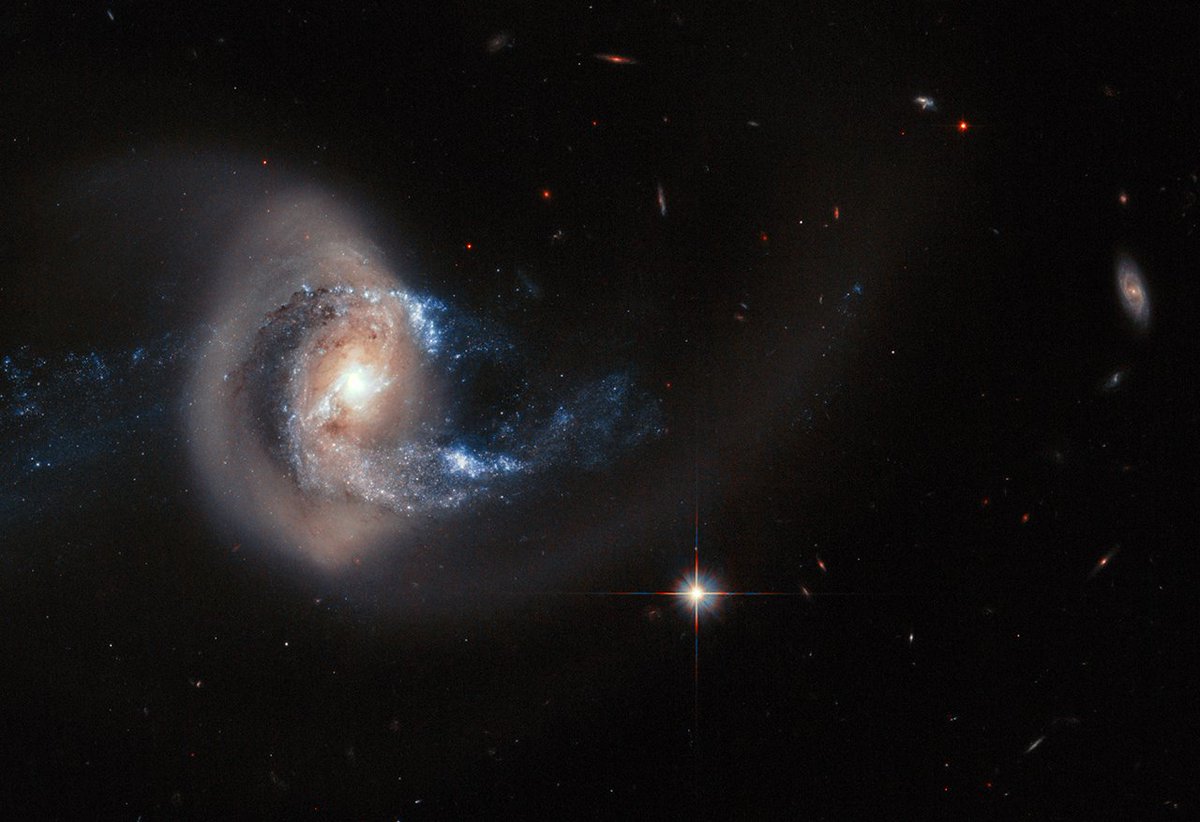 ATEEZ (에이티즈) debuted on October 24thas Galaxy NGC 7714" title="https://abs.twimg.com/emoji/v2/... draggable="false" alt="✨" title="Sparkles" aria-label="Emoji: Sparkles">ATEEZ (에이티즈) debuted on October 24thas Galaxy NGC 7714">
ATEEZ (에이티즈) debuted on October 24thas Galaxy NGC 7714" title="https://abs.twimg.com/emoji/v2/... draggable="false" alt="✨" title="Sparkles" aria-label="Emoji: Sparkles">ATEEZ (에이티즈) debuted on October 24thas Galaxy NGC 7714">
 Kim Hongjoong (김홍중) was born on November 7thas Horsehead Nebula" title="https://abs.twimg.com/emoji/v2/... draggable="false" alt="✨" title="Sparkles" aria-label="Emoji: Sparkles">Kim Hongjoong (김홍중) was born on November 7thas Horsehead Nebula">
Kim Hongjoong (김홍중) was born on November 7thas Horsehead Nebula" title="https://abs.twimg.com/emoji/v2/... draggable="false" alt="✨" title="Sparkles" aria-label="Emoji: Sparkles">Kim Hongjoong (김홍중) was born on November 7thas Horsehead Nebula">
 Kim Hongjoong (김홍중) was born on November 7thas Horsehead Nebula" title="https://abs.twimg.com/emoji/v2/... draggable="false" alt="✨" title="Sparkles" aria-label="Emoji: Sparkles">Kim Hongjoong (김홍중) was born on November 7thas Horsehead Nebula">
Kim Hongjoong (김홍중) was born on November 7thas Horsehead Nebula" title="https://abs.twimg.com/emoji/v2/... draggable="false" alt="✨" title="Sparkles" aria-label="Emoji: Sparkles">Kim Hongjoong (김홍중) was born on November 7thas Horsehead Nebula">
 Park Seonghwa (박성화) was born on April 3rdas Jupiter" title="https://abs.twimg.com/emoji/v2/... draggable="false" alt="✨" title="Sparkles" aria-label="Emoji: Sparkles">Park Seonghwa (박성화) was born on April 3rdas Jupiter">
Park Seonghwa (박성화) was born on April 3rdas Jupiter" title="https://abs.twimg.com/emoji/v2/... draggable="false" alt="✨" title="Sparkles" aria-label="Emoji: Sparkles">Park Seonghwa (박성화) was born on April 3rdas Jupiter">
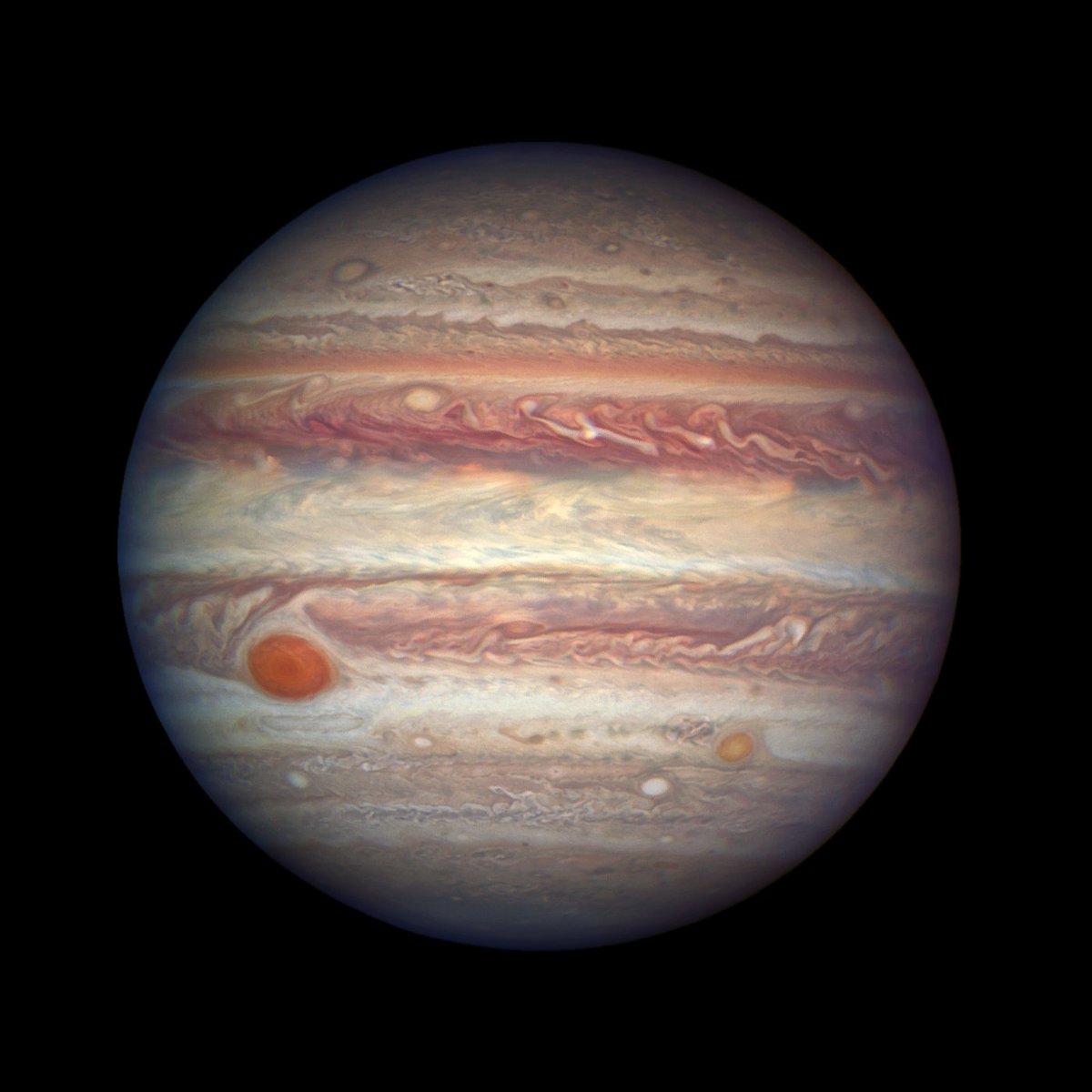 Park Seonghwa (박성화) was born on April 3rdas Jupiter" title="https://abs.twimg.com/emoji/v2/... draggable="false" alt="✨" title="Sparkles" aria-label="Emoji: Sparkles">Park Seonghwa (박성화) was born on April 3rdas Jupiter">
Park Seonghwa (박성화) was born on April 3rdas Jupiter" title="https://abs.twimg.com/emoji/v2/... draggable="false" alt="✨" title="Sparkles" aria-label="Emoji: Sparkles">Park Seonghwa (박성화) was born on April 3rdas Jupiter">
 Jeong Yunho (정윤호) was born on March 23rdas Dwarf Galaxy Holmberg IX" title="https://abs.twimg.com/emoji/v2/... draggable="false" alt="✨" title="Sparkles" aria-label="Emoji: Sparkles">Jeong Yunho (정윤호) was born on March 23rdas Dwarf Galaxy Holmberg IX">
Jeong Yunho (정윤호) was born on March 23rdas Dwarf Galaxy Holmberg IX" title="https://abs.twimg.com/emoji/v2/... draggable="false" alt="✨" title="Sparkles" aria-label="Emoji: Sparkles">Jeong Yunho (정윤호) was born on March 23rdas Dwarf Galaxy Holmberg IX">
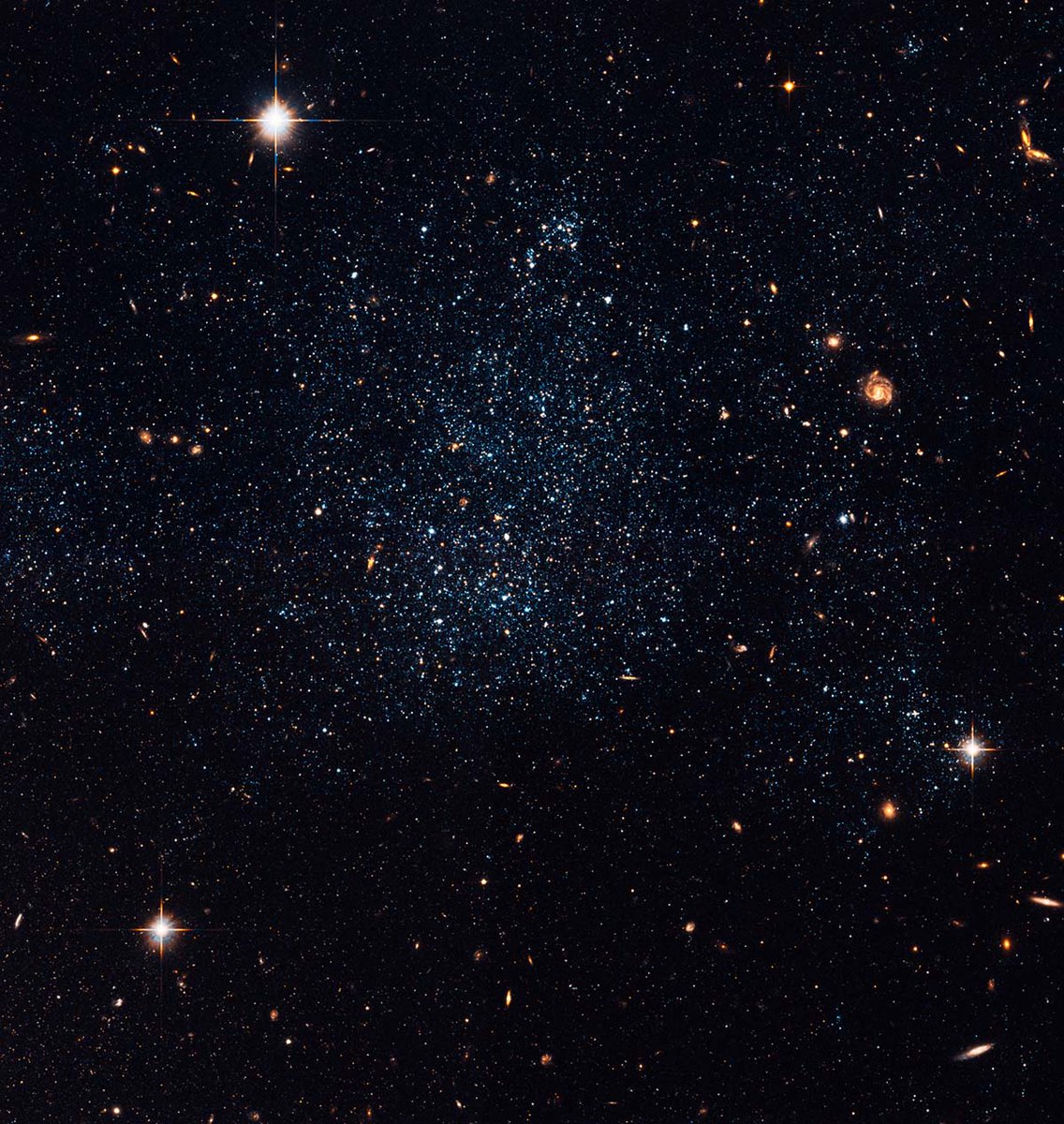 Jeong Yunho (정윤호) was born on March 23rdas Dwarf Galaxy Holmberg IX" title="https://abs.twimg.com/emoji/v2/... draggable="false" alt="✨" title="Sparkles" aria-label="Emoji: Sparkles">Jeong Yunho (정윤호) was born on March 23rdas Dwarf Galaxy Holmberg IX">
Jeong Yunho (정윤호) was born on March 23rdas Dwarf Galaxy Holmberg IX" title="https://abs.twimg.com/emoji/v2/... draggable="false" alt="✨" title="Sparkles" aria-label="Emoji: Sparkles">Jeong Yunho (정윤호) was born on March 23rdas Dwarf Galaxy Holmberg IX">
 Kang Yeosang (강여상) was born on June 15thas Globular Cluster M22" title="https://abs.twimg.com/emoji/v2/... draggable="false" alt="✨" title="Sparkles" aria-label="Emoji: Sparkles">Kang Yeosang (강여상) was born on June 15thas Globular Cluster M22">
Kang Yeosang (강여상) was born on June 15thas Globular Cluster M22" title="https://abs.twimg.com/emoji/v2/... draggable="false" alt="✨" title="Sparkles" aria-label="Emoji: Sparkles">Kang Yeosang (강여상) was born on June 15thas Globular Cluster M22">
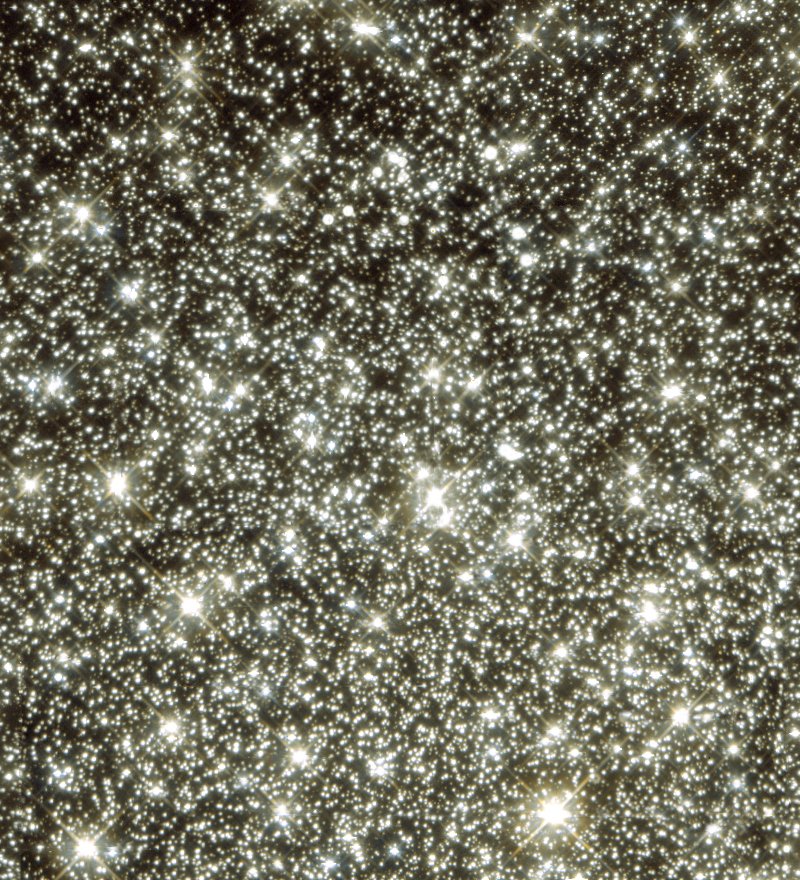 Kang Yeosang (강여상) was born on June 15thas Globular Cluster M22" title="https://abs.twimg.com/emoji/v2/... draggable="false" alt="✨" title="Sparkles" aria-label="Emoji: Sparkles">Kang Yeosang (강여상) was born on June 15thas Globular Cluster M22">
Kang Yeosang (강여상) was born on June 15thas Globular Cluster M22" title="https://abs.twimg.com/emoji/v2/... draggable="false" alt="✨" title="Sparkles" aria-label="Emoji: Sparkles">Kang Yeosang (강여상) was born on June 15thas Globular Cluster M22">
 Choi San (츼산) was born on July 10thas Galaxy NGC 4068" title="https://abs.twimg.com/emoji/v2/... draggable="false" alt="✨" title="Sparkles" aria-label="Emoji: Sparkles">Choi San (츼산) was born on July 10thas Galaxy NGC 4068">
Choi San (츼산) was born on July 10thas Galaxy NGC 4068" title="https://abs.twimg.com/emoji/v2/... draggable="false" alt="✨" title="Sparkles" aria-label="Emoji: Sparkles">Choi San (츼산) was born on July 10thas Galaxy NGC 4068">
 Choi San (츼산) was born on July 10thas Galaxy NGC 4068" title="https://abs.twimg.com/emoji/v2/... draggable="false" alt="✨" title="Sparkles" aria-label="Emoji: Sparkles">Choi San (츼산) was born on July 10thas Galaxy NGC 4068">
Choi San (츼산) was born on July 10thas Galaxy NGC 4068" title="https://abs.twimg.com/emoji/v2/... draggable="false" alt="✨" title="Sparkles" aria-label="Emoji: Sparkles">Choi San (츼산) was born on July 10thas Galaxy NGC 4068">
 Song Mingi (송민기) was born on August 9thas Andromeda Galaxy" title="https://abs.twimg.com/emoji/v2/... draggable="false" alt="✨" title="Sparkles" aria-label="Emoji: Sparkles">Song Mingi (송민기) was born on August 9thas Andromeda Galaxy">
Song Mingi (송민기) was born on August 9thas Andromeda Galaxy" title="https://abs.twimg.com/emoji/v2/... draggable="false" alt="✨" title="Sparkles" aria-label="Emoji: Sparkles">Song Mingi (송민기) was born on August 9thas Andromeda Galaxy">
 Song Mingi (송민기) was born on August 9thas Andromeda Galaxy" title="https://abs.twimg.com/emoji/v2/... draggable="false" alt="✨" title="Sparkles" aria-label="Emoji: Sparkles">Song Mingi (송민기) was born on August 9thas Andromeda Galaxy">
Song Mingi (송민기) was born on August 9thas Andromeda Galaxy" title="https://abs.twimg.com/emoji/v2/... draggable="false" alt="✨" title="Sparkles" aria-label="Emoji: Sparkles">Song Mingi (송민기) was born on August 9thas Andromeda Galaxy">
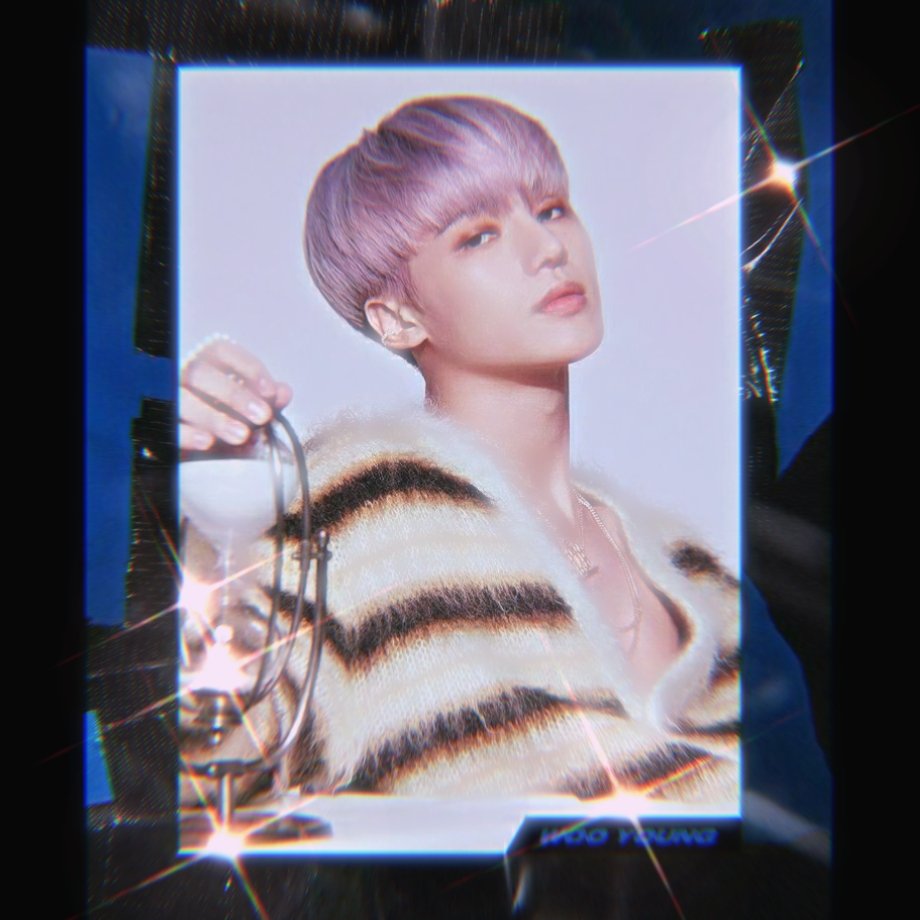 Jung Wooyoung (정우영) was born on November 26thas Galaxy NGC 3079" title="https://abs.twimg.com/emoji/v2/... draggable="false" alt="✨" title="Sparkles" aria-label="Emoji: Sparkles">Jung Wooyoung (정우영) was born on November 26thas Galaxy NGC 3079">
Jung Wooyoung (정우영) was born on November 26thas Galaxy NGC 3079" title="https://abs.twimg.com/emoji/v2/... draggable="false" alt="✨" title="Sparkles" aria-label="Emoji: Sparkles">Jung Wooyoung (정우영) was born on November 26thas Galaxy NGC 3079">
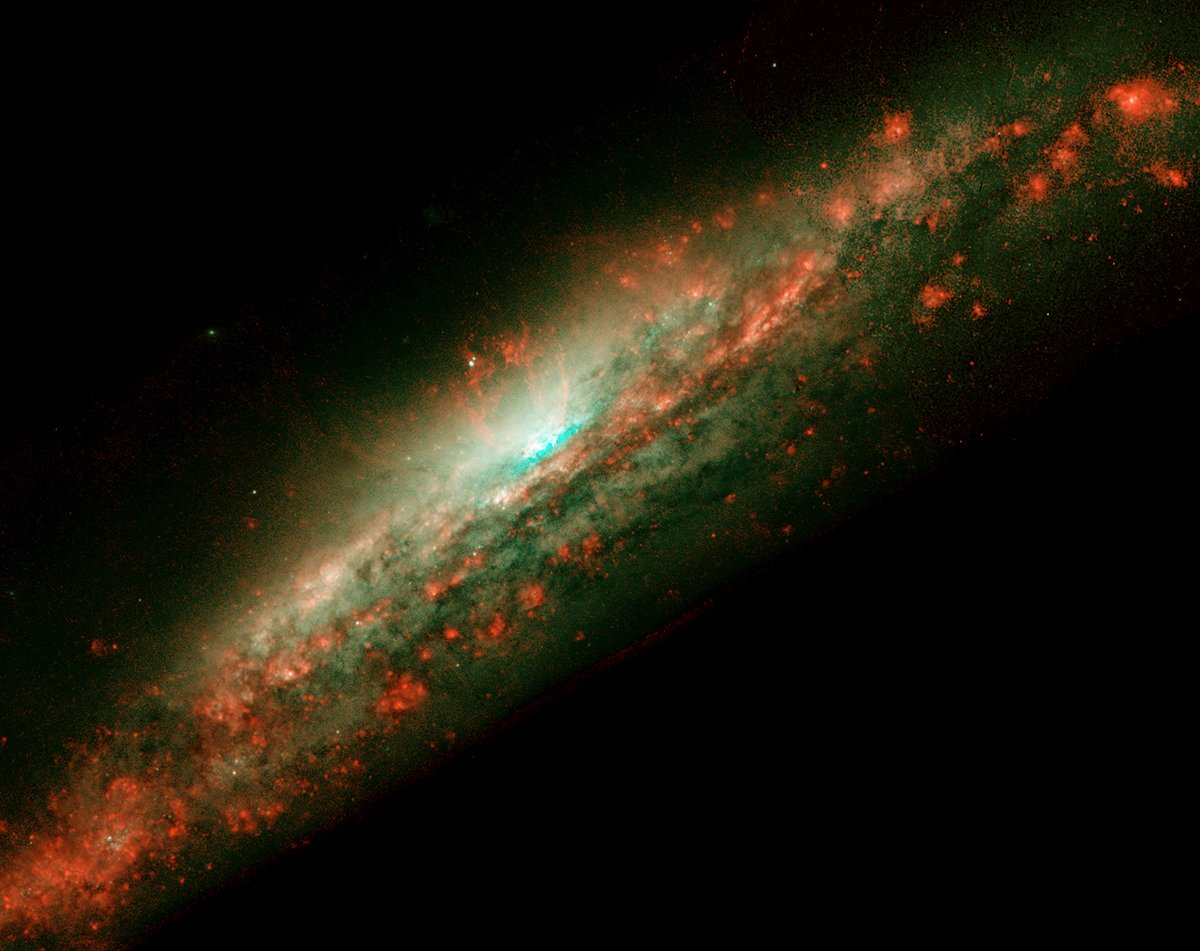 Jung Wooyoung (정우영) was born on November 26thas Galaxy NGC 3079" title="https://abs.twimg.com/emoji/v2/... draggable="false" alt="✨" title="Sparkles" aria-label="Emoji: Sparkles">Jung Wooyoung (정우영) was born on November 26thas Galaxy NGC 3079">
Jung Wooyoung (정우영) was born on November 26thas Galaxy NGC 3079" title="https://abs.twimg.com/emoji/v2/... draggable="false" alt="✨" title="Sparkles" aria-label="Emoji: Sparkles">Jung Wooyoung (정우영) was born on November 26thas Galaxy NGC 3079">
 Choi Jongho (츼종호) was born on October 12thas Orion Nebula" title="https://abs.twimg.com/emoji/v2/... draggable="false" alt="✨" title="Sparkles" aria-label="Emoji: Sparkles">Choi Jongho (츼종호) was born on October 12thas Orion Nebula">
Choi Jongho (츼종호) was born on October 12thas Orion Nebula" title="https://abs.twimg.com/emoji/v2/... draggable="false" alt="✨" title="Sparkles" aria-label="Emoji: Sparkles">Choi Jongho (츼종호) was born on October 12thas Orion Nebula">
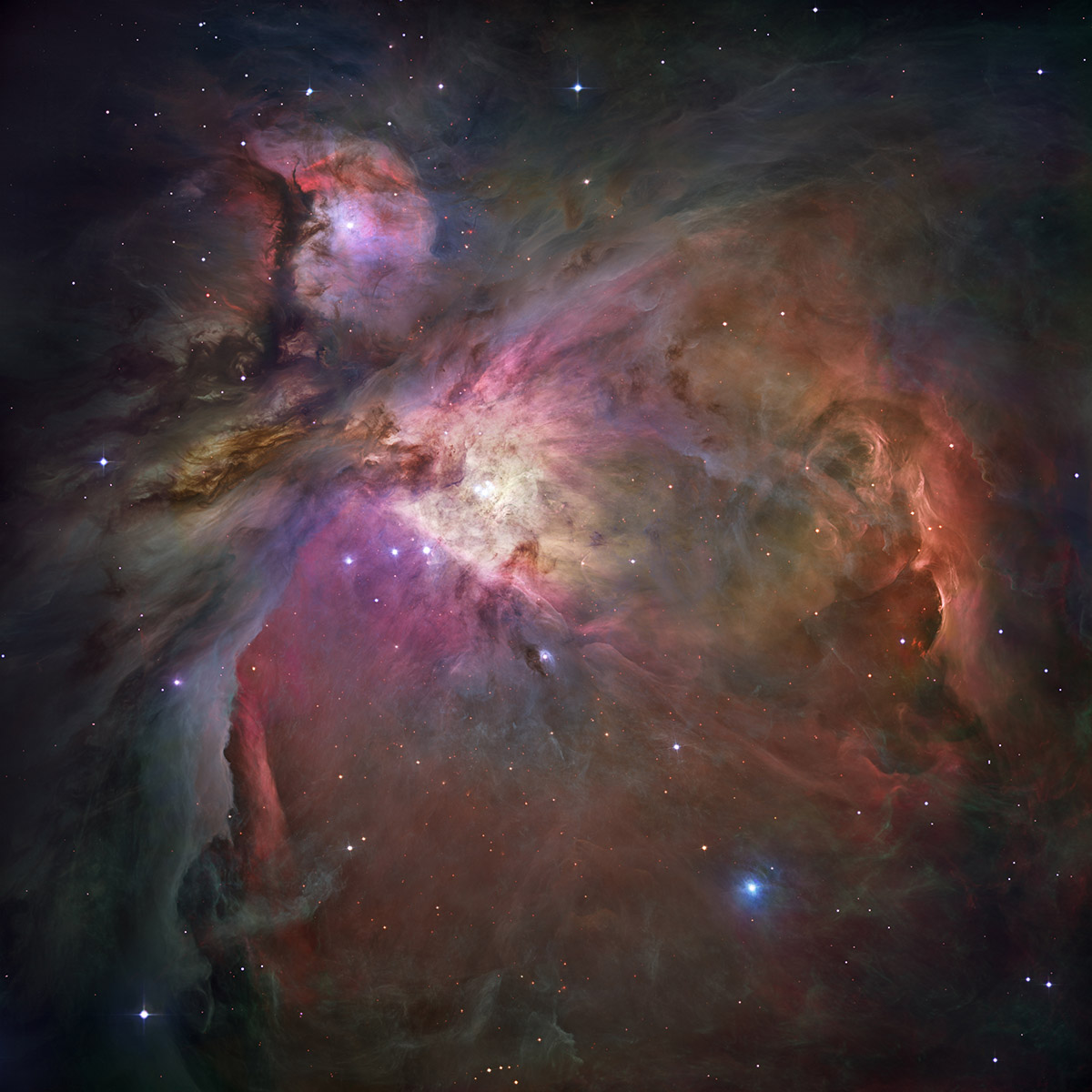 Choi Jongho (츼종호) was born on October 12thas Orion Nebula" title="https://abs.twimg.com/emoji/v2/... draggable="false" alt="✨" title="Sparkles" aria-label="Emoji: Sparkles">Choi Jongho (츼종호) was born on October 12thas Orion Nebula">
Choi Jongho (츼종호) was born on October 12thas Orion Nebula" title="https://abs.twimg.com/emoji/v2/... draggable="false" alt="✨" title="Sparkles" aria-label="Emoji: Sparkles">Choi Jongho (츼종호) was born on October 12thas Orion Nebula">
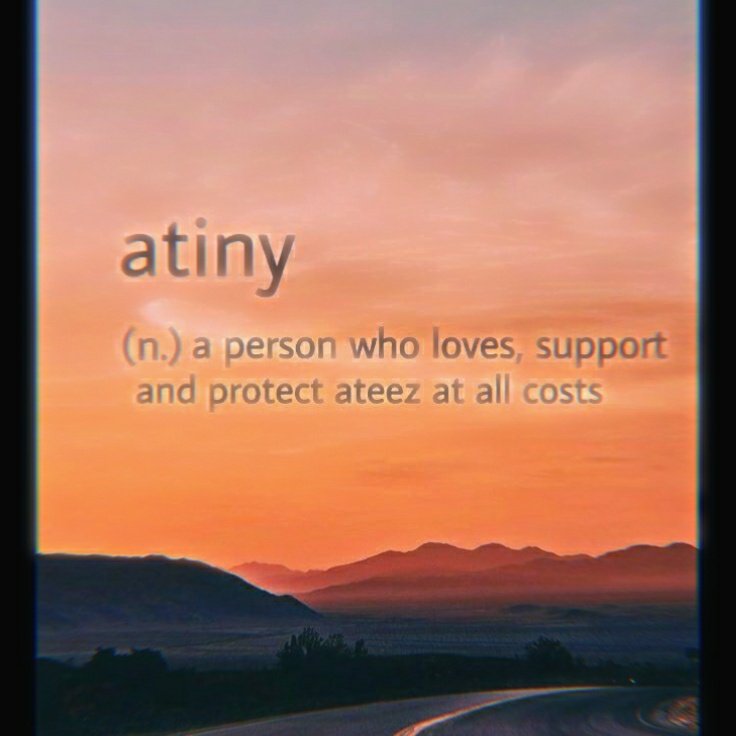 ATINY (에이티니) was born on November 17thas V838 Monocerotis Light Echo" title="https://abs.twimg.com/emoji/v2/... draggable="false" alt="✨" title="Sparkles" aria-label="Emoji: Sparkles">ATINY (에이티니) was born on November 17thas V838 Monocerotis Light Echo">
ATINY (에이티니) was born on November 17thas V838 Monocerotis Light Echo" title="https://abs.twimg.com/emoji/v2/... draggable="false" alt="✨" title="Sparkles" aria-label="Emoji: Sparkles">ATINY (에이티니) was born on November 17thas V838 Monocerotis Light Echo">
 ATINY (에이티니) was born on November 17thas V838 Monocerotis Light Echo" title="https://abs.twimg.com/emoji/v2/... draggable="false" alt="✨" title="Sparkles" aria-label="Emoji: Sparkles">ATINY (에이티니) was born on November 17thas V838 Monocerotis Light Echo">
ATINY (에이티니) was born on November 17thas V838 Monocerotis Light Echo" title="https://abs.twimg.com/emoji/v2/... draggable="false" alt="✨" title="Sparkles" aria-label="Emoji: Sparkles">ATINY (에이티니) was born on November 17thas V838 Monocerotis Light Echo">


